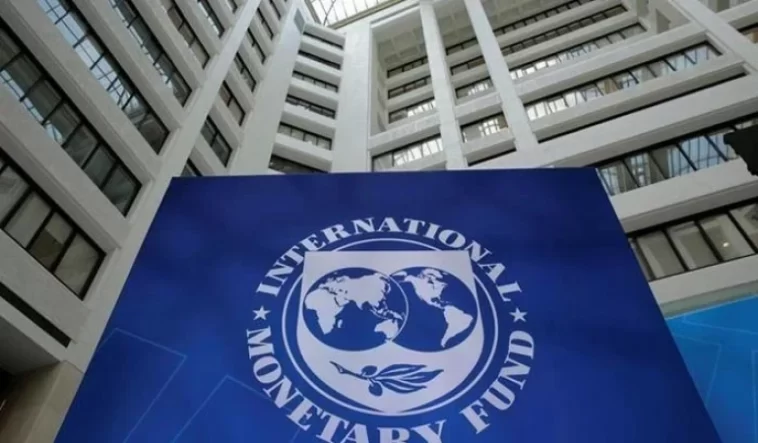The untargeted subsidies in the power sector are a concern for the IMF, and they should be. The IMF’s assessment of the primary deficit, they said, was considerably greater than the government’s.
The primary balance and the electricity sector were again top concerns during technical meetings. These will now probably account for a sizable percentage of the tough conversations during policy-level discussions to identify the revenue shortfall and potential tariff rises.
In addition to complete recovery of the Rs. 952 billion power sector imbalance through rate increases, the IMF has been pressing for the termination of the Rs. 100 billion power subsidy to the export-oriented sector. The administration has tried to convince the IMF delegation that it would be very difficult to settle the entire amount, though.
The IMF has voiced its displeasure with the government over its choice to grant subsidies to export-oriented industries and has requested that it remove them. The lender pointed out that the government is forced to close the gap by raising electricity prices and taking other emergency measures because there is little to no room in the budget for extra subsidies.
The government’s prediction for the primary deficit for the current fiscal year was between 0.5 and 0.6 percent of GDP, according to the lender. The government has been asked by the Fund to submit a proposal for higher tariffs, which might be made public after negotiations at the policy level are finished in the upcoming days.
The Memorandum of Economic and Financial Policies (MEFP) second phase of policy-level discussions is expected to last through February 9. To determine the policy actions — both revenue and non-revenue — that must be adopted in the remaining months of the current fiscal year, the discussions are concentrating on the specifics of spending and revenue performance.


